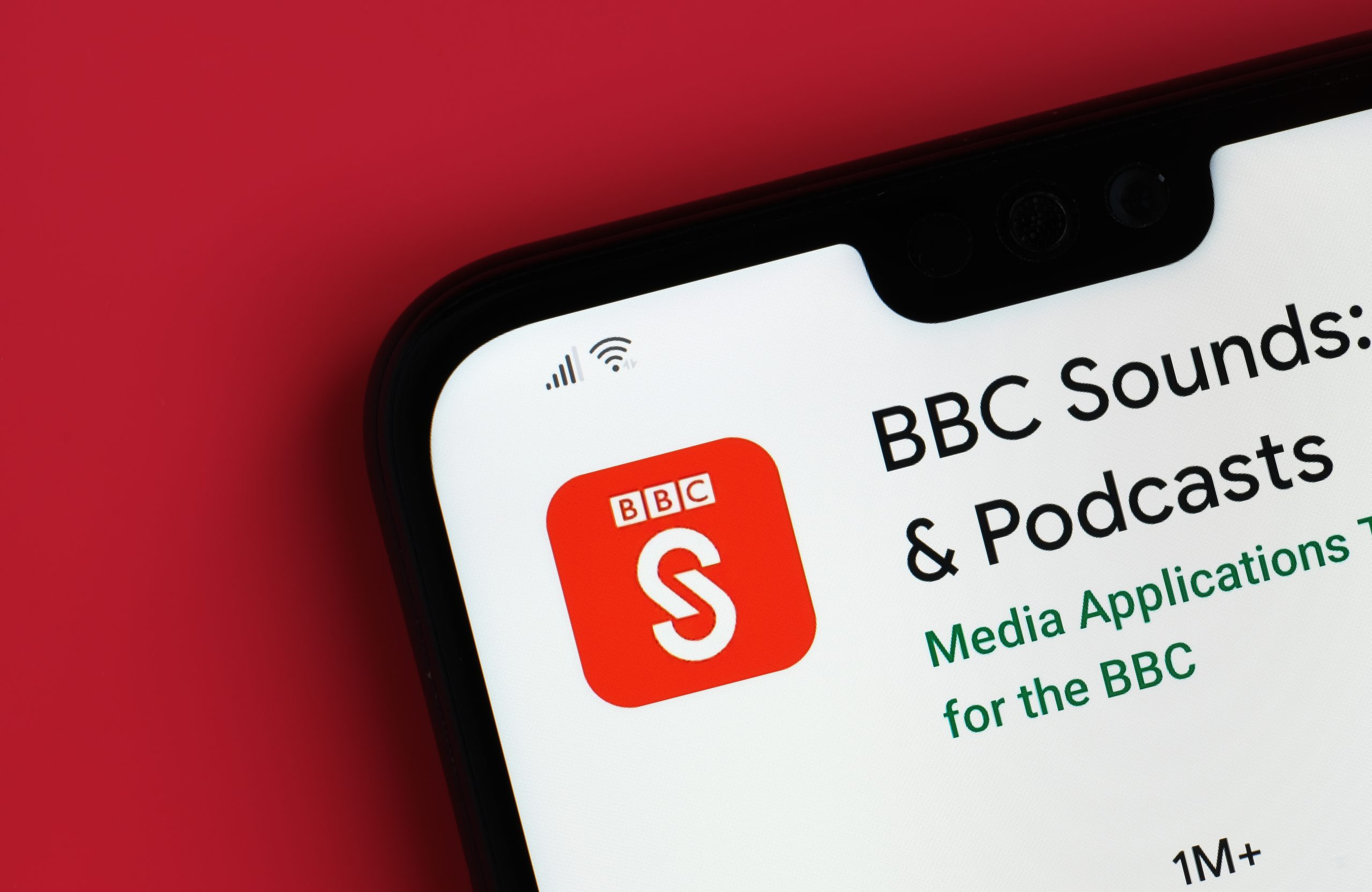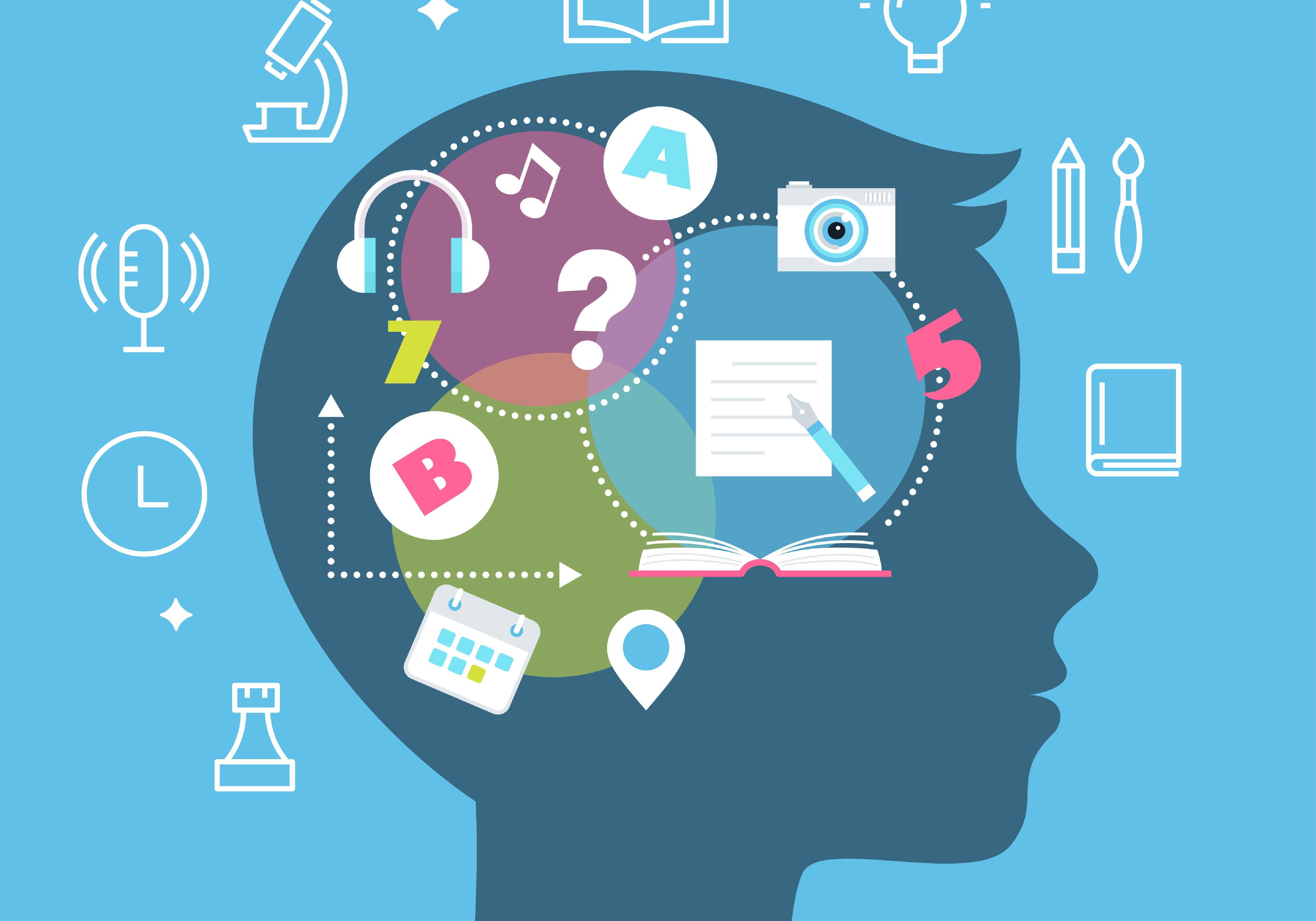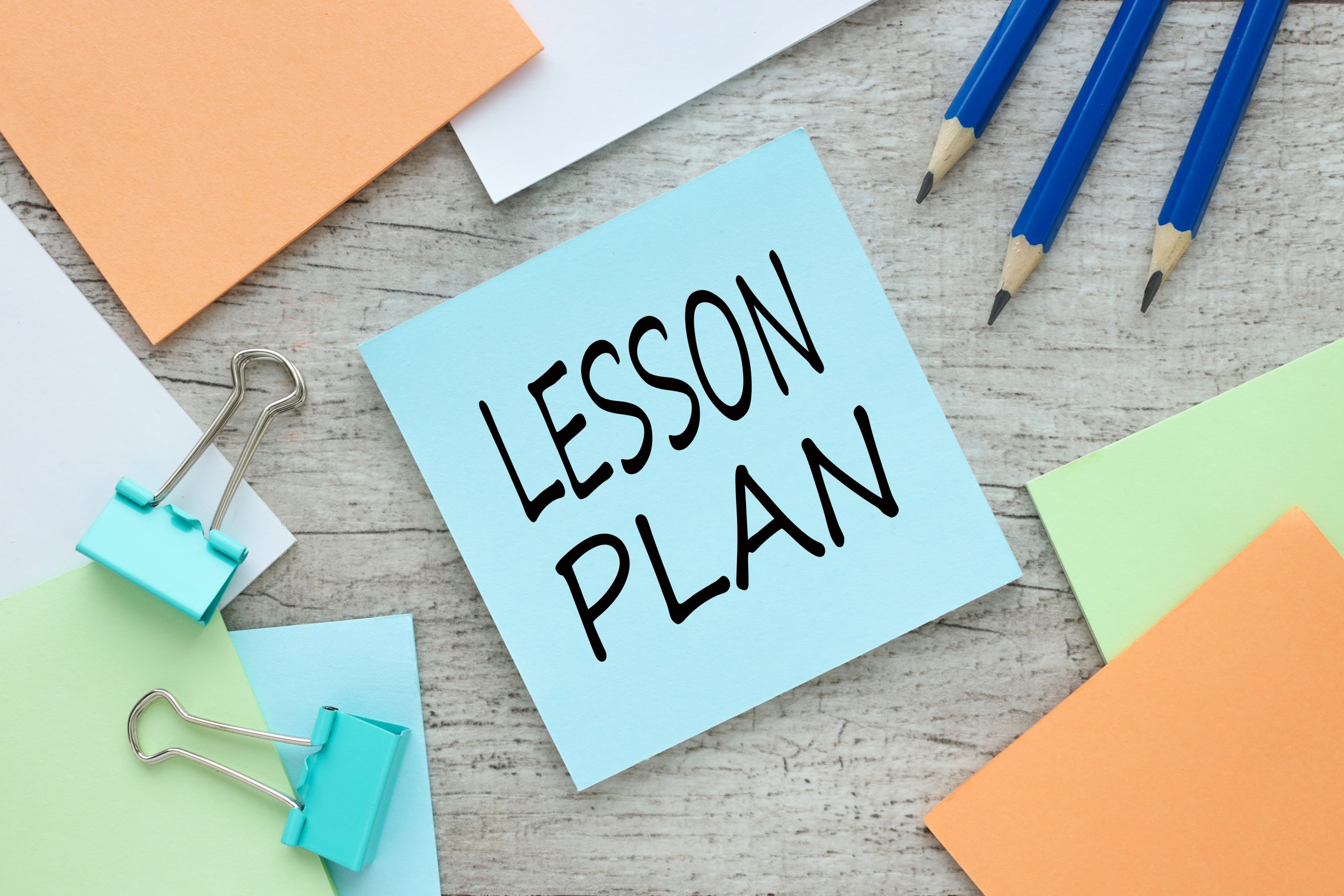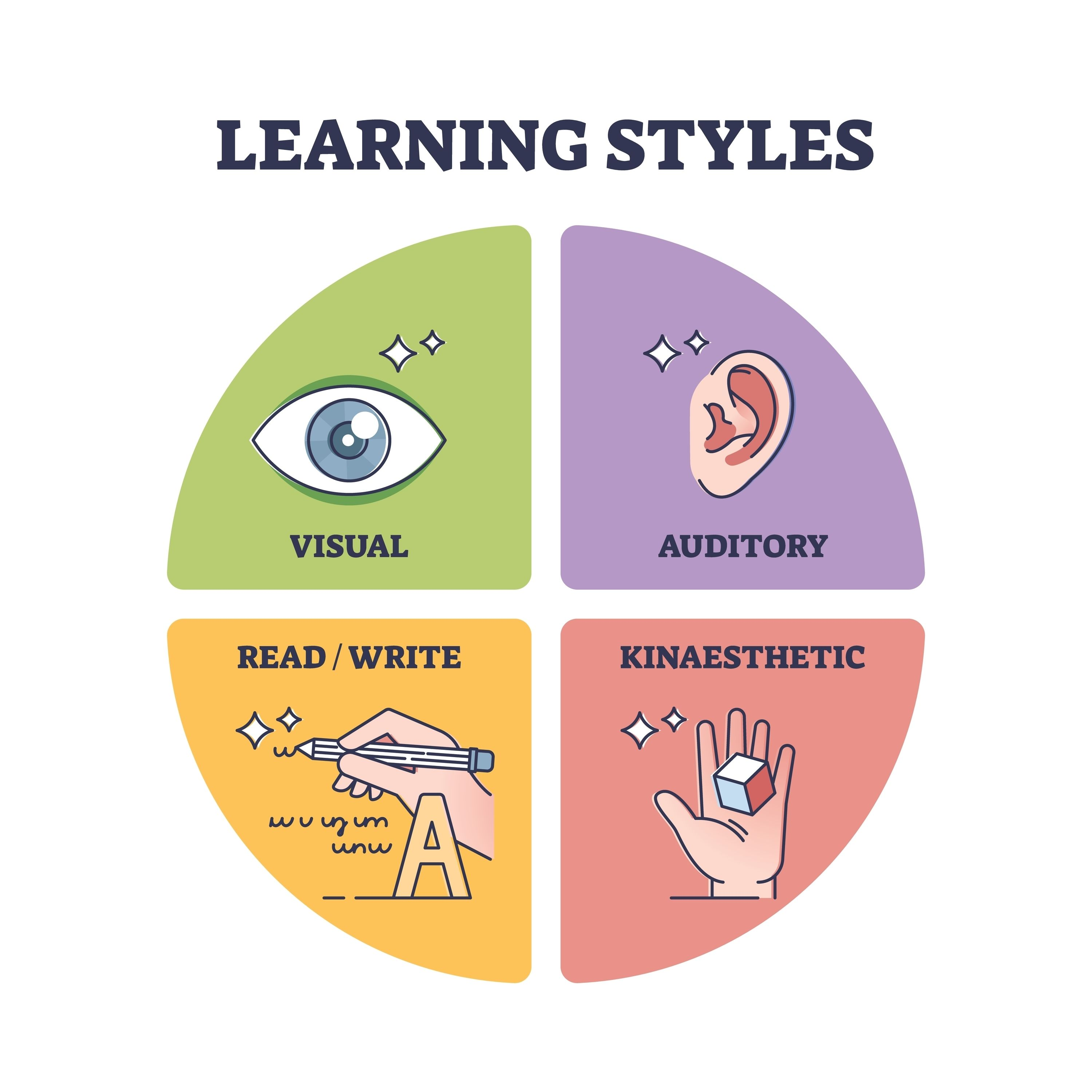
Understanding the Four VARK Learning Styles
The four styles of learning acronymised in Fleming’s theory are Visual, Auditory, Read/Write, and Kinesthetic. These could be considered gateways through which different students enter into understanding various topics.Visual
The visual learner thrives on what they see. Diagrams, flowcharts, symbols, and other graphical representations are their best learning allies. A picture is worth a thousand words for a visual learner; they have the innate ability to understand and recall concepts through imagery.
Auditory
Sound is key for auditory learners. They take in more when information is spoken or heard. Whether it's a lively class discussion, a podcast episode, or the ambient sounds accompanying a video, these learners are attuned to the nuances of auditory cues.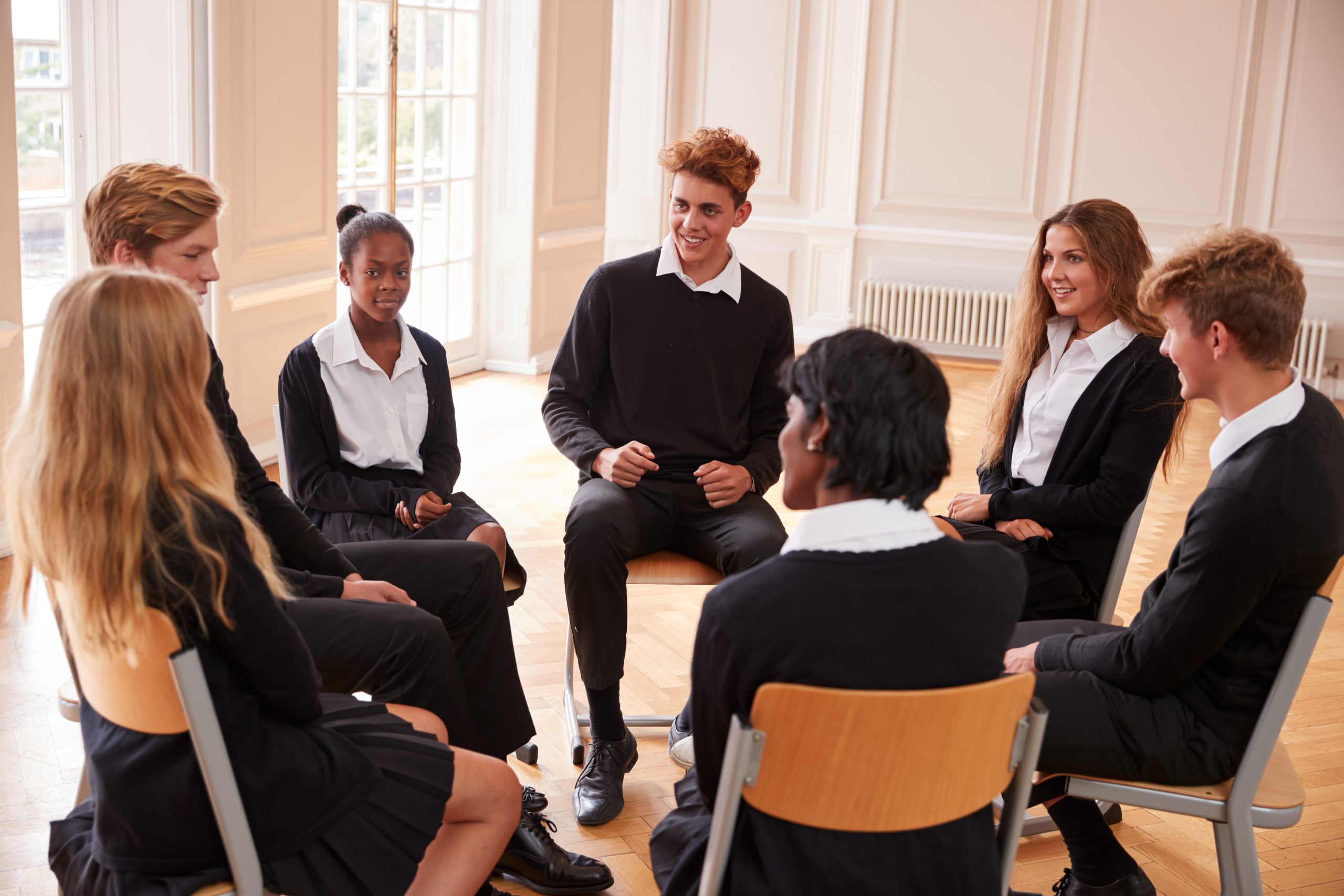
Read/Write
These learners have a penchant for the written word. Text—be it notes, lists, essays, or even digital resources—resonates with them. They thrive on reading and writing as primary methods of interacting with information. For them, the act of writing or typing aids in the processing and cementing of knowledge.
Kinesthetic
Learning is an active, tangible experience for kinesthetic learners. They best understand and remember things through physical movement and experiences. This might be a science experiment, a role-play session, or even just doodling in the margins of their notebook. Incorporating motion is key to their learning journey. While many students might lean towards one style, VARK is flexible. It acknowledges that learners can be multifaceted, often blending two or more styles. An educator’s role is to recognise these preferences and adapt teaching methods accordingly, ensuring every student feels seen and supported.
While many students might lean towards one style, VARK is flexible. It acknowledges that learners can be multifaceted, often blending two or more styles. An educator’s role is to recognise these preferences and adapt teaching methods accordingly, ensuring every student feels seen and supported.
The Case for Adapted Teaching
Once upon a time, the "one size fits all" approach reigned supreme in the realm of education. Rows of desks faced a single chalkboard, and a solitary teaching method was employed for a diverse group of learners. As pedagogy, it's become abundantly clear that this traditional, foundational model isn't universally effective.Traditional Teaching: A One-Track Approach
The classic teaching model relies heavily on rote memorisation and standardised tests. While straightforward, this structure can inadvertently overlook the many learning styles present in every classroom. It doesn’t optimise the potential of every student in the way that more varied approaches can.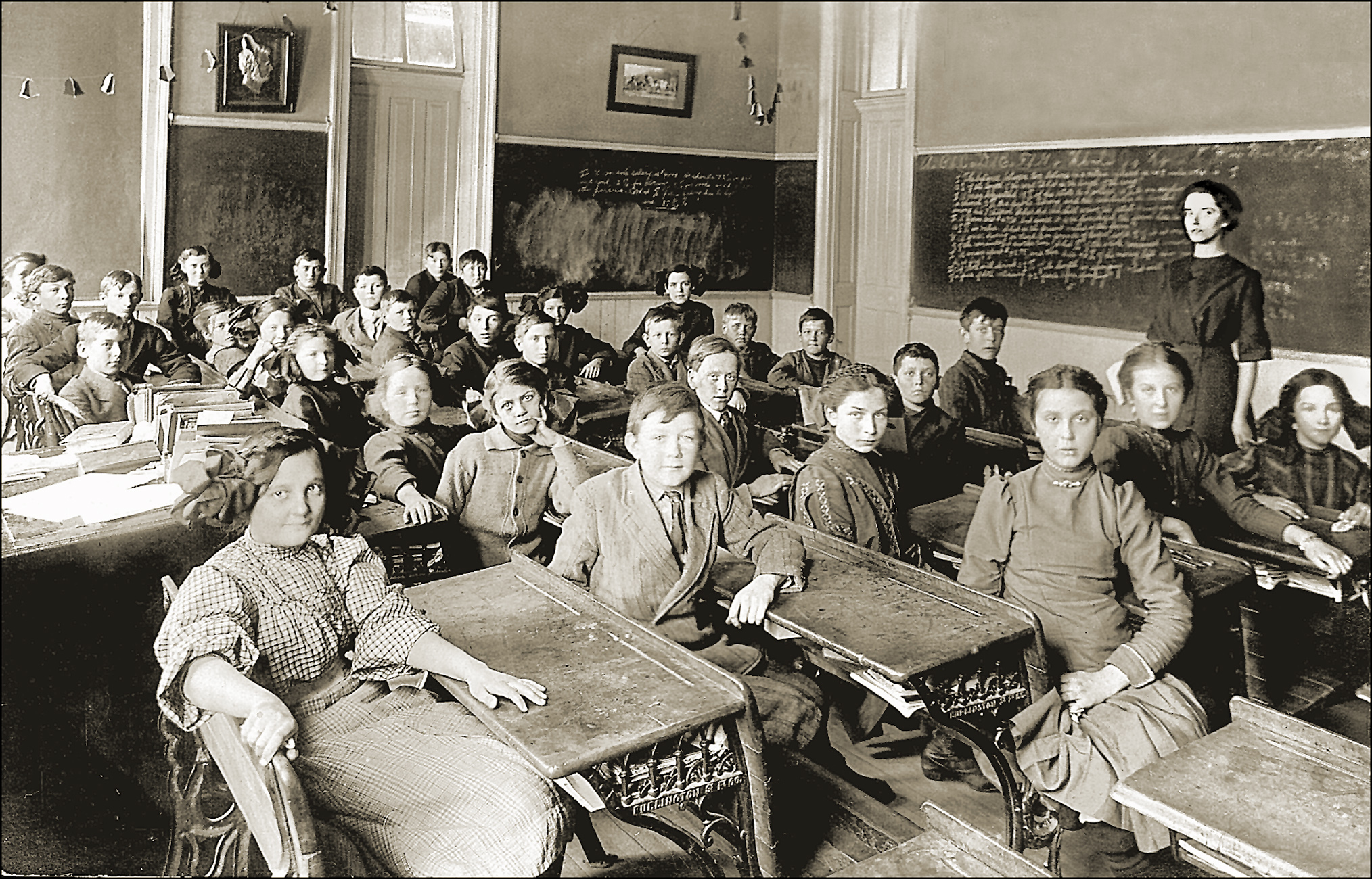
The Power of Personalised Learning
Enter VARK, among other modern teaching methodologies. By acknowledging and adapting to the different ways students absorb information, teachers can teach more effectively and connect better with their students. Imagine it: the surge of confidence a visual learner feels when they grasp a complex concept through an engaging infographic or the spark of understanding in a kinesthetic learner participating in an interactive activity. That’s the magic of education!Why VARK Elevates the Learning Experience
The VARK model isn't just about catering to individual preferences; it's about creating equality by recognising that every student's method of learning is valid. A tailored approach over a standard one-size-fits-all one aids comprehension and nurtures a love for learning. Students become active participants in their education, leading to increased engagement, understanding, and retention.Implementing the VARK Model in Classrooms
The VARK model provides valuable insights into the complexity of learning styles—but does it have practical applications? It certainly does. Here they are, along with tips for incorporating different styles into a lesson plan.Visual Learners: Crafting Vivid Imagery
Visual learners excel when information is delivered through graphical representations and symbolic forms.- Strategy
- Activity idea
Auditory Learners: Raise Your Voice
For auditory learners, the spoken word is powerful.- Strategy
- Activity idea
Read/Write Learners: Put it on Paper
This group thrives on text, remembering and understanding via the act of reading and writing.- Strategy
- Activity idea
Kinesthetic Learners: Embodied Learning Experiences
Kinesthetic learners flourish in tactile and active environments.- Strategy
- Activity idea
Orchestrating an Inclusive Lesson Plan
A balanced lesson plan that caters to all types of learners is a big part of fostering an inclusive learning environment. Depending on the subject matter, teachers can begin by focusing on one primary VARK modality and then integrate components from the remaining styles. For example, a history lesson could commence with a visual timeline, proceed to an engaging auditory recounting of an impactful event, incorporate a resource to read and a written answer sheet, and finish up with a role-playing exercise. The diversity of learning styles within a classroom necessitates a multi-faceted approach to instruction. Paying attention to all learning types outlined in the VARK model means that educators leave no learner behind.Fine-Tuning Assessments with the VARK Framework in Mind
Assessment in education is not just a measure of what students know but also a reflection of how they effectively convey their understanding. By incorporating the VARK model into evaluation techniques, educators can create a level playing field and accurately assess knowledge and retention. Personalised assessments can offer a better idea of students’ true capabilities, but they’re not always realistic. Cultivating a diverse skill set in students is also important. Teachers can periodically mix up the assessment formats to offer a comprehensive educational experience. This enriches the evaluation process, ensures fairness, and encourages students to develop competencies outside their dominant VARK modality. Adaptability is a life skill, and our assessment methods should echo this.Assessing Visual Learners
Traditional text-based assessments may not do justice to the skills of students who conceptualise through images.- Assessment Type
- Example
Assessing Auditory Learners
Auditory learners often possess a depth of understanding that transcends what can be captured in writing.- Assessment Type
- Example
Assessing Read/Write Learners
These learners excel when given an opportunity to articulate their understanding through text.- Assessment Type
- Example
Assessing Kinesthetic Learners
Kinesthetic learners thrive when they can demonstrate their understanding through action.- Assessment Type
- Example

The VARK Model - Benefits for Students and Teachers Alike
When teaching methodologies evolve, they don't just benefit one party!For the Students: Engage and Enhance
The VARK model helps to unlock the potential in every student.- Increased engagement
- Enhanced understanding
- Superior retention
For the Educators: Rewarding Practices
Ask any educator. Teaching is as much about passion as it is about techniques (or about making a lot of money!). The VARK model can make the teaching experience more rewarding, offering connection and a feeling of progress.- Satisfaction of a job well done
- Increased effectiveness
- Professional growth
Navigating Challenges and Misconceptions With the VARK Model
Every new theory or methodology encounters its share of scrutiny, misconceptions, and challenges. The VARK model is no exception—here are a few of the roadblocks it faces. Misconception: A Single, Static Learning Style Common belief: Students neatly fit into one VARK category, which remains static over time. Reality check: Learning styles are fluid, not fixed. While students may have a dominant style, they often exhibit traits from multiple categories. They might even change styles over time. Misconception: One Size Fits All
Common belief: The VARK model is a complete solution for all educational needs.
Reality check: VARK is a very helpful tool and offers teachers great perspective as they make classrooms inclusive to all learners. However, effective education requires a toolbox of diverse strategies.
Misconception: Uniformity Within Learning Modalities
Common belief: All students within a specific VARK category have identical learning needs.
Reality check: Each modality contains nuances; individual learners within a category may have distinct preferences and needs.
Potential Pitfall: Over-Reliance on VARK Assessments
Challenge: There can be a temptation to depend solely on VARK assessments for categorising students.
Smart strategy: Consider VARK assessments as a launching pad rather than a finish line. Continuous observation and student feedback are crucial for nuanced understanding.
Potential Pitfall: Sacrificing Balance for Customisation
Challenge: Focusing too narrowly on VARK can overlook other critical dimensions of education.
Smart strategy: Fold VARK insights into a more comprehensive curriculum to cultivate skills beyond students' preferred learning styles.
Misconception: One Size Fits All
Common belief: The VARK model is a complete solution for all educational needs.
Reality check: VARK is a very helpful tool and offers teachers great perspective as they make classrooms inclusive to all learners. However, effective education requires a toolbox of diverse strategies.
Misconception: Uniformity Within Learning Modalities
Common belief: All students within a specific VARK category have identical learning needs.
Reality check: Each modality contains nuances; individual learners within a category may have distinct preferences and needs.
Potential Pitfall: Over-Reliance on VARK Assessments
Challenge: There can be a temptation to depend solely on VARK assessments for categorising students.
Smart strategy: Consider VARK assessments as a launching pad rather than a finish line. Continuous observation and student feedback are crucial for nuanced understanding.
Potential Pitfall: Sacrificing Balance for Customisation
Challenge: Focusing too narrowly on VARK can overlook other critical dimensions of education.
Smart strategy: Fold VARK insights into a more comprehensive curriculum to cultivate skills beyond students' preferred learning styles.
VARK in the Digital Age
In the dawn of the 21st century, technology and education are intrinsically linked. Digital tools can help educators to create more inclusive and individualised learning experiences.Personalised Learning Platforms
With adaptive e-learning platforms like EdApp and Smart Sparrow, content can be tailored to cater to a student's VARK profile. These platforms can serve visual learners with rich infographics, auditory learners with engaging podcasts, and read/write learners with comprehensive articles.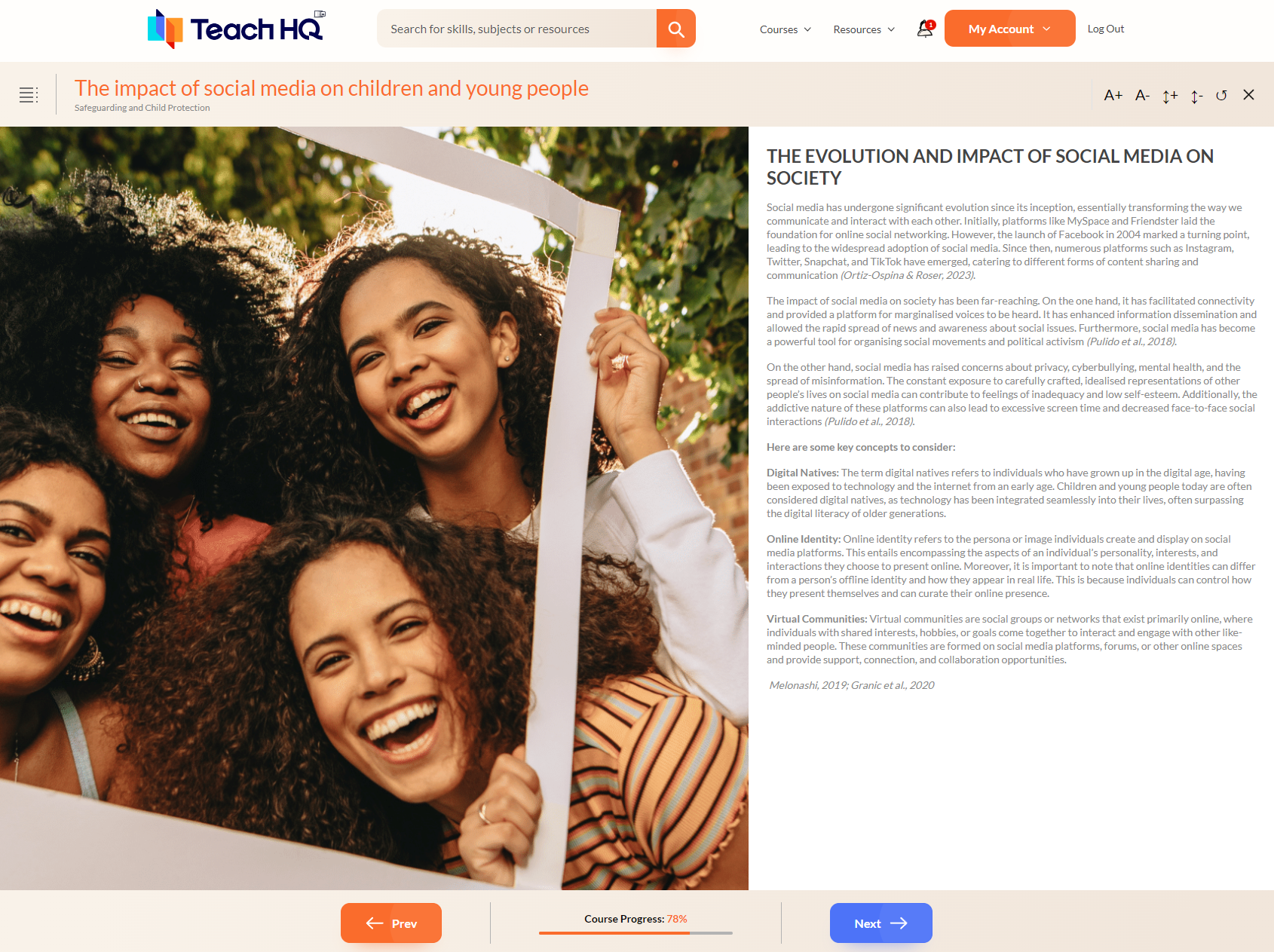
Interactive Simulations for Kinesthetic Learners
Modern EdTech offers interactive simulations and virtual labs that allow kinesthetic learners to "do" and "experience" in a virtual space. It's hands-on learning reimagined for the digital age. Goosechase is a good example—and lots of fun!
AR & VR: A Visual Learner's Wonderland
Augmented and virtual reality technologies can provide immersive experiences to students, transforming abstract concepts into tangible visuals. For a visual learner, it's a fantastic way to engage and solidify understanding.
Podcasts & Audiobooks for Auditory Learners
With the plethora of educational podcasts and audiobooks available on a multitude of platforms, auditory learners can delve into topics at their own pace, making learning portable and flexible.